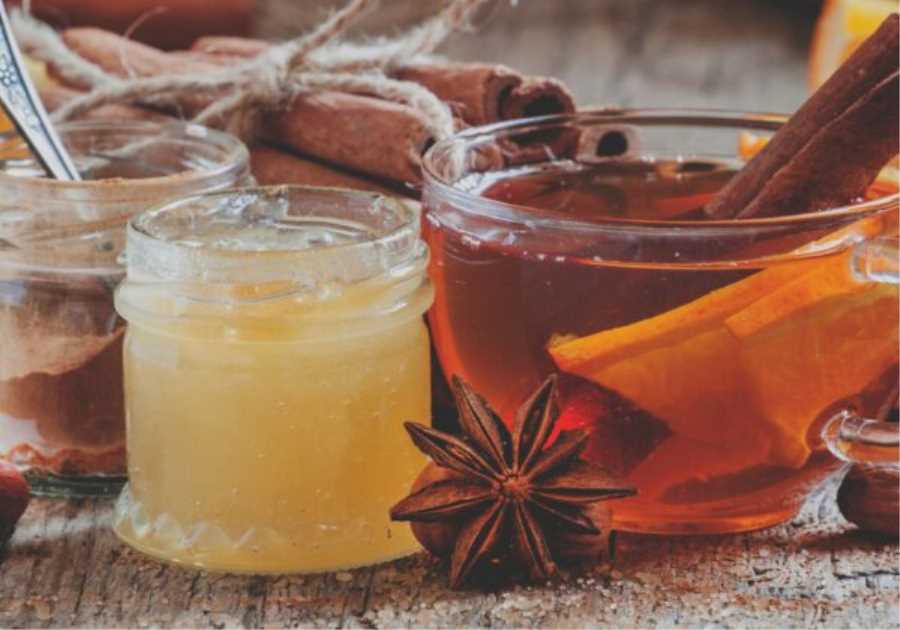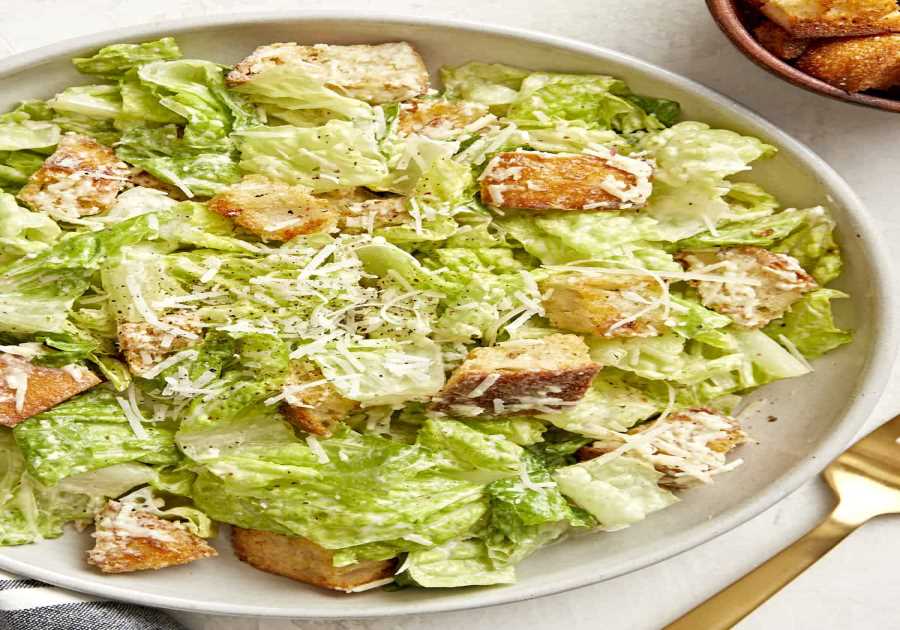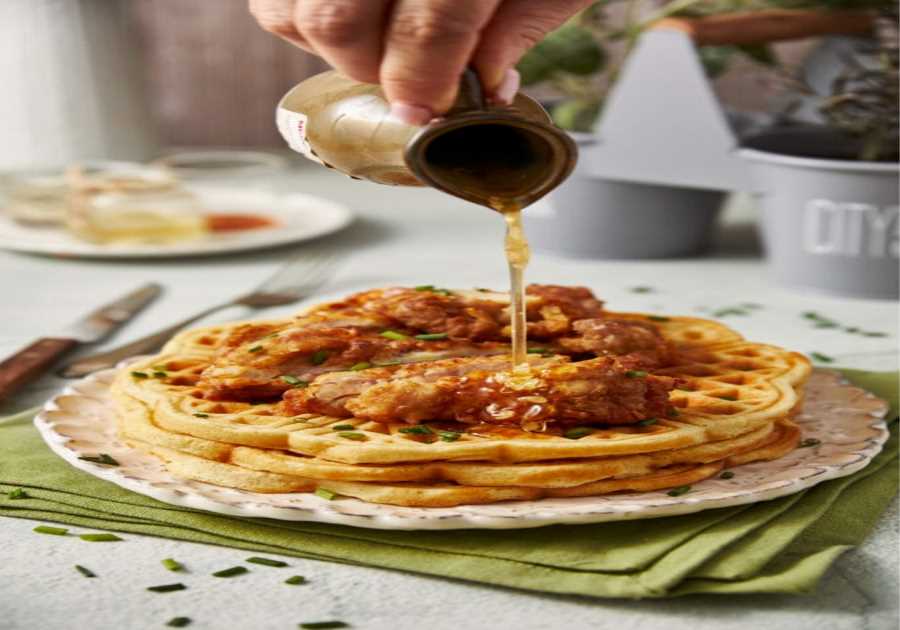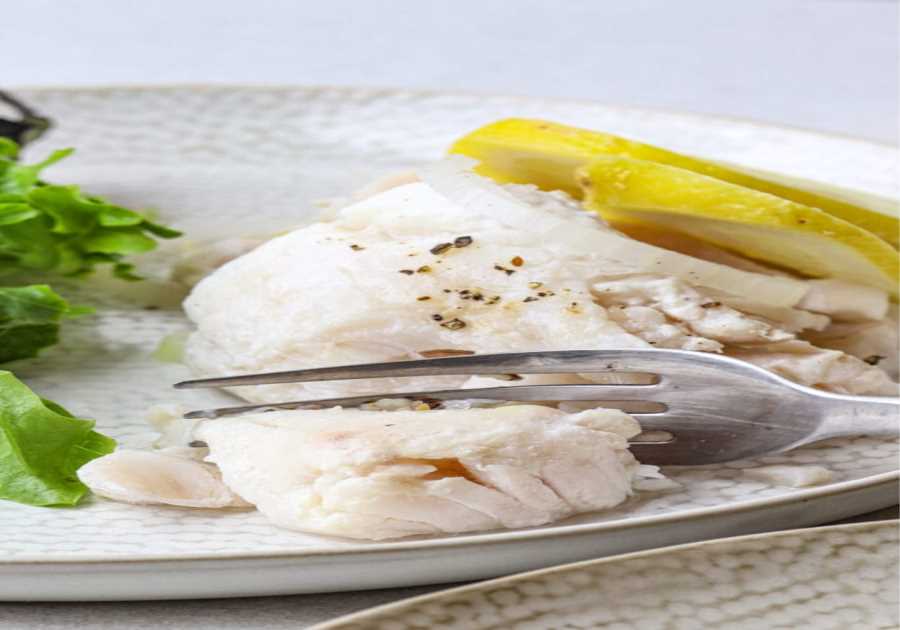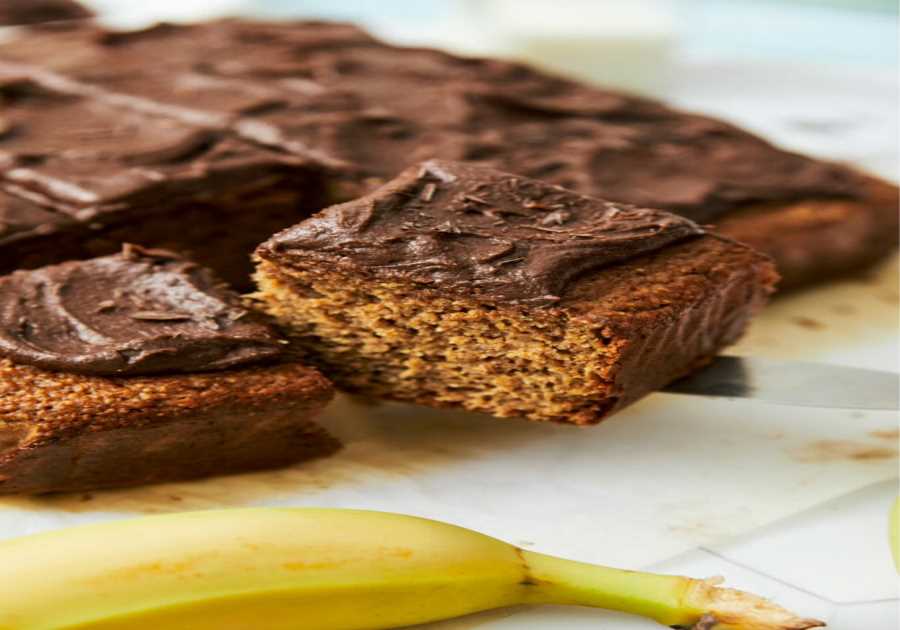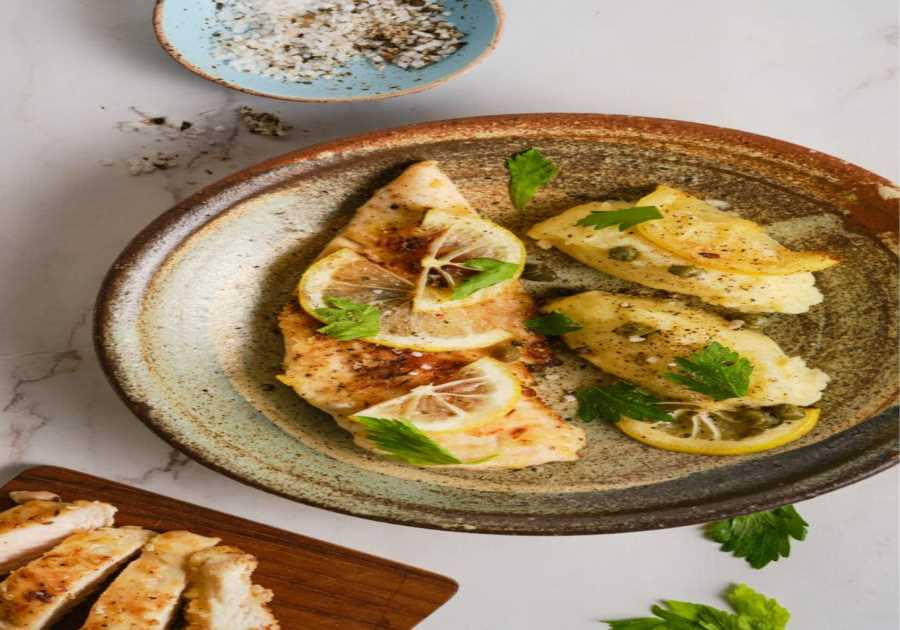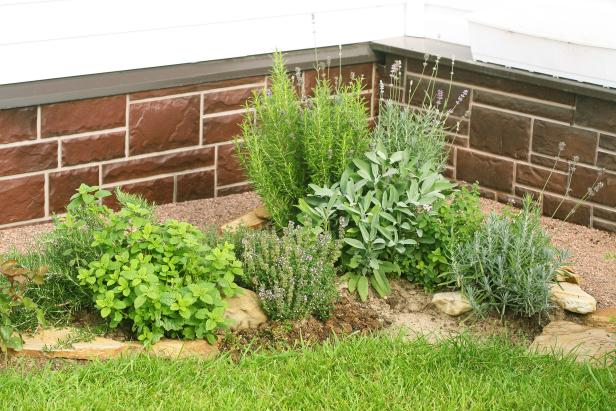
Sage brings an unparalleled level of flavor to your dishes and recipes. Its subtle value will elevate your cooking skills and bring you delight in every bite!
Make sage butter for your bread by beating a stick of softened butter with chopped sage and other flavors you like, such as lemon zest or red pepper flakes. This is a delicious condiment with roast poultry or spread on a fresh roll.
Earthy Flavors
Sage has a unique flavor that pairs well with a wide range of dishes, from vegetables to meats. Unlike some stronger-flavored herbs, such as oregano and thyme, sage has subtle pine and citrus notes. It's also known for its earthy aroma.
The herb is popular in American and European cuisine, and it's often used for Thanksgiving turkey recipes. The fresh leaves are also popular in savory dishes, such as soups and sauces.
Dried sage is a good substitute for fresh, but it has a much stronger flavor. It's best to use it in small amounts so that it doesn't overpower your dishes.
Marjoram is another good sage substitute, as it has similar flavors but is milder and less intense. However, it doesn't hold up as well in heat and can lose its flavor when cooked. Rosemary is another option, but it's much stronger than sage and can overpower your dishes. Use it sparingly or in combination with other milder herbs, such as parsley and thyme.
Bold and Earthy Notes
Sage pairs well with a wide range of dishes. It complements fatty meats such as sausage, bacon, and poultry, and also enhances vegetarian dishes like roasted squash, sweet potatoes, and carrot soup. Its pronounced herbal flavor makes it an excellent choice for gravies and stuffing recipes, but is also a wonderful ingredient for butter sauces, vegetable side dishes, and pasta.
Sage is best used fresh, but it can be found dried as well. If shopping for sage, look for vibrant leaves that seem sturdy and are free of brown spots or wilting. It can be found in the produce section of the grocery store in a bunch or in a plastic clamshell container.
Sage contains a compound that increases the activity of a chemical in your body called acetylcholine. This might increase the effectiveness of some medications, including those used to treat glaucoma and Alzheimer's disease. If you are taking one of these medicines, talking to your doctor before consuming sage may be helpful.
Complements a Wide Range of Dishes
While sage can be a bit overpowering when eaten raw, it shines in dishes that allow its robust flavor to linger and intensify. It’s often found in recipes that pair well with poultry (think stuffing or sausage) or savory meat dishes like saltimbocca, and it’s also a good choice for vegetable-focused meals such as roasted winter squash or soups.
Its flavors play nicely with a range of spices, including ginger and garlic, and it makes a great base for flavored butters to drizzle over cooked chicken or pork chops. It also pairs well with other autumn vegetables, and it can elevate a dish of simple pasta in a cream sauce.
To use fresh sage, remove the leaves from the stems, and wash gently in cool water. It will keep best in the refrigerator, where it will last for up to a week. The herb can be infused into oil to create sage vinegar, which can be used as a dressing or in recipes that call for basting oils.
Enhances Savory Dishes
Sage is a robust herb that can enhance almost any savory dish. The herb's distinctive flavor, aroma and promising health benefits are a great addition to any culinary creation.
It works well with heavier dishes like winter squash recipes and pasta dishes with lots of cream. It also adds depth to cured meats and sausages. Sage is also a great addition to stuffing and many Thanksgiving dishes.
Because of its strong aroma and flavor, sage should be added early on in the cooking process. The herb can overwhelm lighter dishes if added too late.
If sage is not available, thyme, marjoram or winter savory can be used to get the same effect. Avoid sagebrush, which has a different fragrance than the culinary variety. It contains a chemical called camphor that stimulates nerve endings and can cause irritation. It also contains volatile oils that may cause gastrointestinal problems. The leaves of sage contain carnosic acid and carnosol that act as antioxidants, helping to reduce blood sugar, lipids, and inflammation.
Frequently Asked Questions
Should You Use Herbs and Spices for Brain Health?
Herbs and spices have been used for centuries to improve brain health. Research shows that these natural remedies may help prevent dementia and Alzheimer's. Some herbs may even boost memory.
However, no scientific evidence proves that eating an herb-rich diet can keep your mind sharp. When it comes to improving cognitive function, there are more effective ways to do it.
One study found that older adults who took 1000 mg of vitamin B6 daily had fewer mental lapses than those taking placebo pills. Another study showed that drinking coffee could increase blood flow to the brain. Other studies suggest that exercise, socialization, and sleep improve brain health.
The bottom line is that herbs and spices probably won't make much difference to your overall health. But they might give you extra energy and focus, which can come in handy during the day.
Why do some love coriander and others don't?
Some people hate coriander, while others love it. But why?
Coriander is an herb that grows in warm climates throughout the world. It is native to both North America and Europe.
The leaves of the plant are used in cooking and can also be found in condiments such as salad dressings and dips. When added to food, coriander provides a spicy flavor.
Many people love its taste because it adds a fresh flavor to dishes without overpowering them. Others dislike the smell and taste of coriander because they find it too strong.
But there is more to coriander than meets the eye. There are two types of coriander – sweet and hot. Sweet coriander is milder and sweeter tasting compared to hot coriander.
Sweet coriander is usually grown for its seeds, often called cilantro. This type of coriander is easy to grow and is very low maintenance.
Hot coriander is most commonly used in Indian cuisine. Hot coriander gives a rich flavor to curries and sauces, making it popular among Indians.
Some people say that hot coriander tastes better than sweet coriander. However, the opposite is true for those who prefer sweet coriander.
There are many reasons why people enjoy different varieties of coriander. For example, one person may love the taste of coriander, while another enjoys the aroma.
Whether you like sweet or hot coriander, you might be surprised to learn that you can buy both types of coriander online.
How do you make medicinal herbs?
There are many different methods to make herbs into medicinal products. The most common method is to dry the herbs in a warm, dark location before grinding them into a powder or extracting their essential oils. This can be accomplished by hanging herbs upside down in bunches, laying herbs on a drying screen, or using a food dehydrator.
Once dried and ground, herbs can be stored in airtight containers for future use. Other herbs may require special preparation, such as infusing herbs into oil or vinegar, making tinctures with alcohol, or distilling herbs to create essential oils.
Learning the correct techniques for preparing herbs can help ensure that they retain their medicinal properties and potency for optimal health benefits. Using fresh herbs is usually best, but herbs can also be grown in a pot or garden and harvested when they are mature. Herbs can be purchased at health food stores, online retailers, and specialty shops.
No matter where herbs come from, the preparation techniques remain the same; drying herbs in a warm location followed by grinding or extracting the essential oils. You can make your medicinal herbs with the right herbs and preparation techniques.
When making herbal preparations, it is essential to remember that herbs can vary in potency, so always dilute herbs before use or follow the directions on any product label. Additionally, herbs are best used fresh, as many of their beneficial components degrade over time.
Following safety guidelines and paying attention to the potency of herbs can help ensure that you get the most benefit from your herbs. With a bit of practice and preparation, anyone can make therapeutic herbs with medicinal properties. Remember that herbs should never replace any medical advice or treatments prescribed by a doctor. Always consult a licensed healthcare professional before using herbs medicinally.
What are the side effects of basil?
Basil is an herb that originated in tropical regions of India, Africa, China, Indonesia, Malaysia, Thailand, Philippines, Mexico, Puerto Rico, Jamaica, Costa Rica, Panama, Colombia, Venezuela, Brazil, Peru, Ecuador, Bolivia, Paraguay, Uruguay, Argentina, and Chile.
The plant is easy to grow in most climates and requires little maintenance. Basil also thrives in poor soil conditions and is very drought tolerant.
As for the health benefits, more than 200 known compounds are found in basil, including flavonoids, phenolic acids, lignans, polysaccharides, essential oils, vitamins, and minerals.
According to the University of Maryland Medical Center, basil contains powerful anti-inflammatory properties which may help relieve symptoms associated with arthritis, asthma, allergies, bronchitis, cancer, cardiovascular disease, diabetes, digestive disorders, depression, eczema, insomnia, infections, migraines, osteoporosis, psoriasis, respiratory problems, stress, and ulcers.
Basil is also a culinary spice and is often added to tomato sauces, soups, salads, pasta dishes, rice dishes, dips, casseroles, pizza toppings, pesto, chicken wings, and popcorn.
However, like all herbs, basil should be consumed in moderation. Too much of anything is not good for you. For example, eating large amounts of basil could lead to stomach upset. And if you have sensitive tummies, avoid consuming basil during pregnancy.
If you are pregnant or nursing, consult your doctor before taking herbal supplements.
You should only take one type of supplement at a time. If you take other medications, make sure they do not interact with each other.
You should never use herbs while on medication unless directed by your doctor.
Some people experience allergic reactions when using herbs, especially those allergic to ragweed. Symptoms include hives, swelling around the mouth or eyes, shortness of breath, chest tightness, nausea, vomiting, diarrhea, headaches, dizziness, fainting, heart palpitations, blurred vision, loss of consciousness, seizures, or even death.
Some people who take certain medications may develop an allergy to basil. These drugs include:
- Antacids (like Alka Seltzer)
- Anti-anxiety medicines (Valium, Xanax, Ativan, etc.)
- Beta-blockers (like Propranolol)
- Blood thinners (like Coumadin)
- Calcium channel blockers (like Amlodipine)
- Cholesterol-lowering drugs (like Lipitor, Zocor, Mevacor, and Pravachol)
- Diabetes medicine (like Glucophage)
- Diuretics (like Lasix)
- Heartburn medicines (like Prilosec OTC)
- Hormone therapy (like Premarin, Tamoxifen, Femara)
- Insulin (like Humalog, Lantus, Novolin R)
- NSAIDs (like Aleve, Motrin, Advil, Excedrin, Tylenol, Ibuprofen)
- Oral contraceptives (like Ortho Evra, Yasmin, Loestrin, Ovrette, Yaz, and Seasonale)
- Pain relievers (like Aspirin, Celebrex, Vicodin, Percodan, Darvocet, Dilaudid, Fiorinal, Tylenol 3s, Naproxen, Motrin, Tramadol, Ultram, Voltaren
Which herbs are healing herbs?
If you look for healing herbs, you won’t find them in the supermarket. There isn’t any place to buy them. There is no store selling them.
You haven’t been able to find healing herbs because they aren’t sold anywhere. They are grown right here in our backyard.
Healing herbs are plants that grow naturally in North America. Like many common household items, these herbs grow throughout the United States and Canada.
These herbs treat minor ailments such as colds, flu, sore throats, coughs, and headaches. Many of these herbs have been used for centuries to help heal wounds and promote overall health.
Of course, when we say “heal,” we mean more than simply treating an illness. We also refer to the ability of these herbs to restore balance and harmony within ourselves and the world around us.
For example, the chamomile herb helps relieve stress. This means that if you feel stressed out, you may benefit from taking chamomile tea. Chamomile tea has been shown to reduce anxiety and nervous tension.
In addition, chamomile tea has been proven effective in relieving insomnia.
Chamomile tea has many other benefits, including its ability to ease stomach aches and gas pains and even improve digestion.
Another popular healing herb is Echinacea. Echinacea is known for helping to fight infections and boosting the immune system.
Echinacea is commonly taken internally and externally to fight infection, prevent viral diseases, and boost immunity. It is safe to use during pregnancy and lactation.
Echinacea also helps reduce muscle pain and inflammation. You can take echinacea orally or topically (as an ointment).
This herb is available in both liquid and capsule form. Liquid echinacea is often mixed with honey and lemon juice. The mixture is then strained and consumed.
Capsules are usually made of freeze-dried plant material. They contain standardized amounts of active ingredients. To use capsules, swallow one or two a day.
The third type of herbal remedy is called tincture. Tinctures are alcoholic extracts of herbs. They are typically used to treat internal problems. Tinctures are generally diluted before being ingested.
Tinctures can be taken orally or applied topically. For oral consumption, dilute tinctures with water. Some people prefer to mix tinctures with food.
Tinctures are easy to prepare. Put about one tablespoon of dried herb into a bottle containing enough alcohol to cover the herb completely. Allow the mixture to sit for several weeks. Then strain and consume.
You may want to try some of these natural remedies to see which ones work best.
Is it safe to eat raw garlic?
Raw garlic contains potent compounds that could cause stomach upset. Garlic should always be cooked before eating.
Garlic is one of the oldest known medicinal plants. It has been used since ancient times to treat various ailments.
Today, garlic is still commonly used for treating colds, coughs, and other respiratory infections. In addition, garlic can increase blood circulation, boost immunity, protect against cancer, lower cholesterol levels, prevent heart disease, and reduce stress.
Do not ingest large amounts of raw garlic to avoid possible health problems. It does not harm you if you consume small amounts regularly, however. This is especially true with young children who might accidentally swallow some.
Statistics
- For those with high cholesterol, garlic supplementation appears to reduce total and/or LDL cholesterol by about 10-15% (72Trusted Source73Trusted (healthline.com)
- The global herbs market is expected to reach more than $125 billion by the end of 2025.
External Links
[TAG48]
[TAG50]
- Peppermint oil (Mintoil®) in the treatment of irritable bowel syndrome: A prospective, double-blind placebo-controlled randomized trial
- Curcumin reverses the effects of chronic stress on behavior, the HPA axis, BDNF expression, and phosphorylation of CREB
[TAG53]
[TAG55]
- Antioxidant capacity of 26 spice extracts and characterization of their phenolic constituents - PubMed
- Cinnamon: A Multifaceted Medicinal Plant - PMC
How To
How To Upcycle Herbs After Making Infusions, Oils, Tinctures, And More?
There are more ways to use herbs than you might realize. This is why it's essential to keep an open mind when learning how to make herbal infusions, oils, tinctures, and more.
You'll find that there are many methods for making these products, and even though they may seem similar, each method has its benefits.
For example, some methods include creating decoctions, boiling water or alcohol with the herb(s), and letting them simmer for a while. These infusions are solid and potent because they contain higher concentrations of active compounds.
Another type of infusion includes macerating the herb(s), which means soaking them in liquid for a few hours or even overnight. Macerations tend to produce milder results because the plant material isn't boiled.
Some cold-infused forms involve steeping herbs in cool liquids such as ice cubes or cold water. Cold infusions are gentler than hot ones, often used to treat minor ailments.
Herbal oil extraction involves heating the herb(s) to release the essential oils. You can either do this yourself or have someone help you out with it.
Finally, there are tinctures made by mixing herbs with alcohol. They're usually taken orally and are very effective for treating coughs, colds, and flu symptoms.
The best way to learn how to create infused products is to experiment with various techniques. Each technique offers a different potency and effectiveness, depending on the herb(s) you choose.
Once you've tried a few different methods, you'll begin to develop your preferences. In time, you'll be able to determine which techniques work well for you and which aren't worth pursuing.
Resources:
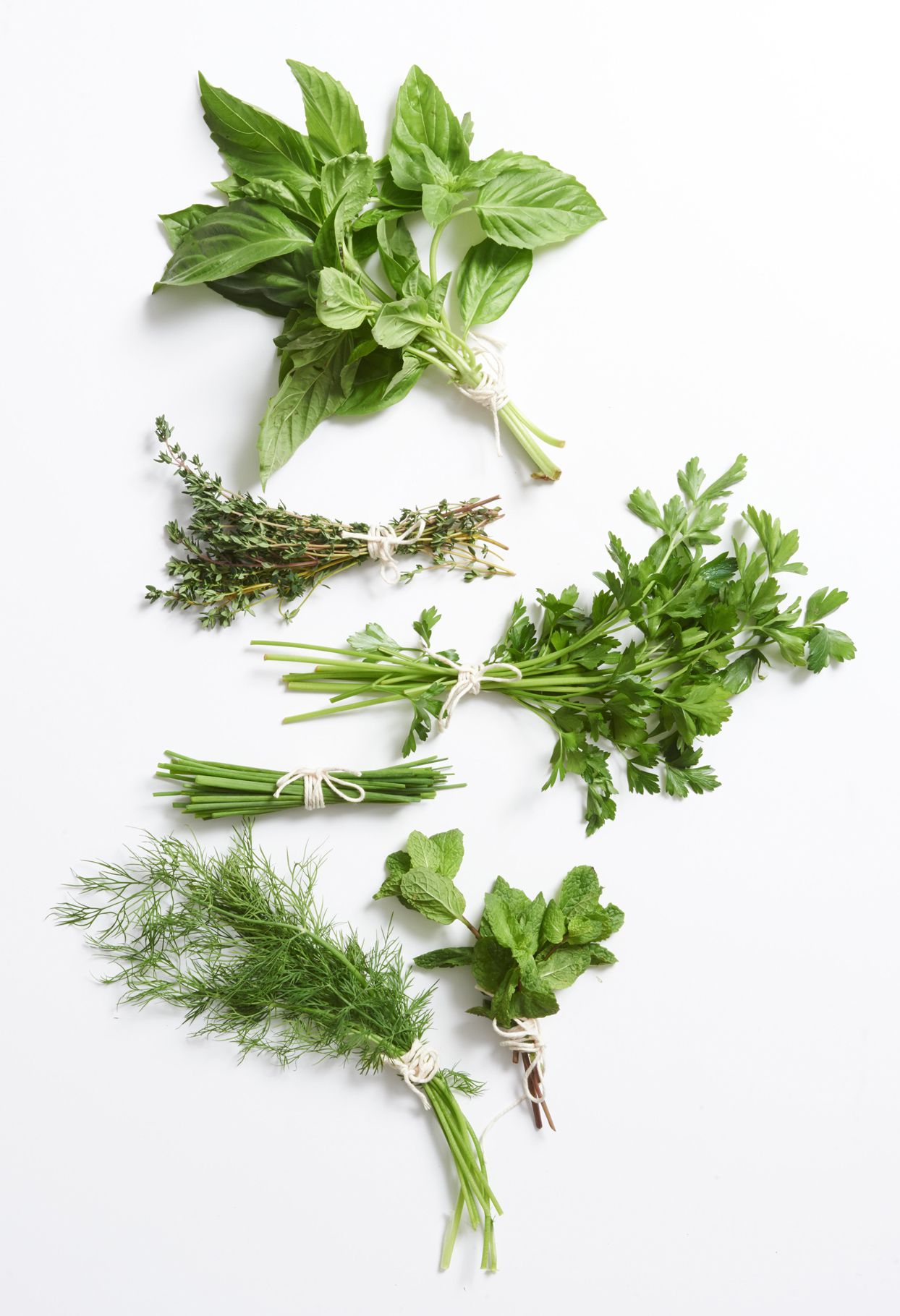 |
[TAG58]The 84-year-old Chen Xiangbai is a leading figure in Chaozhou Gong Fu Cha. He has collected, organized, and determined the standard Chaozhou Gongfu.. |
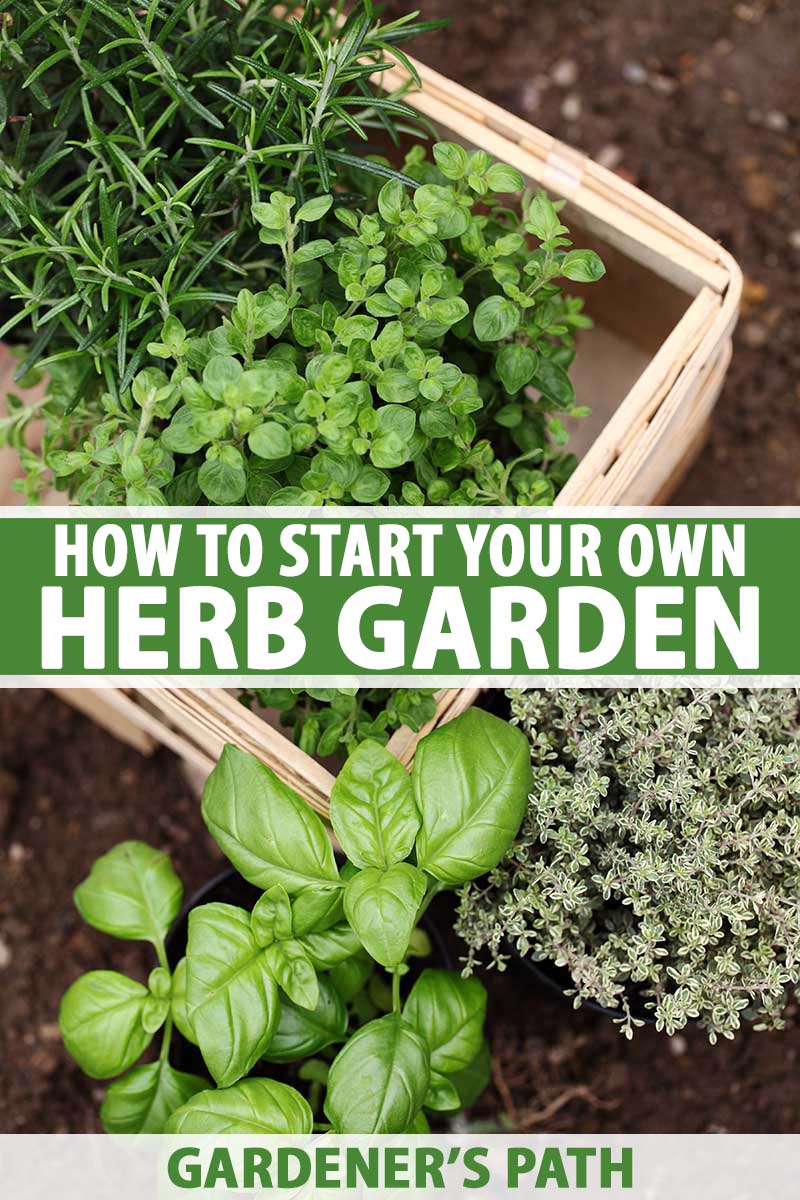 |
[TAG59]Hey ya'll, I'm Jess from Roots & Refuge Farm Welcome to a place that feels like home. A small farm with a big family. We hope you'll pull up a chair, |
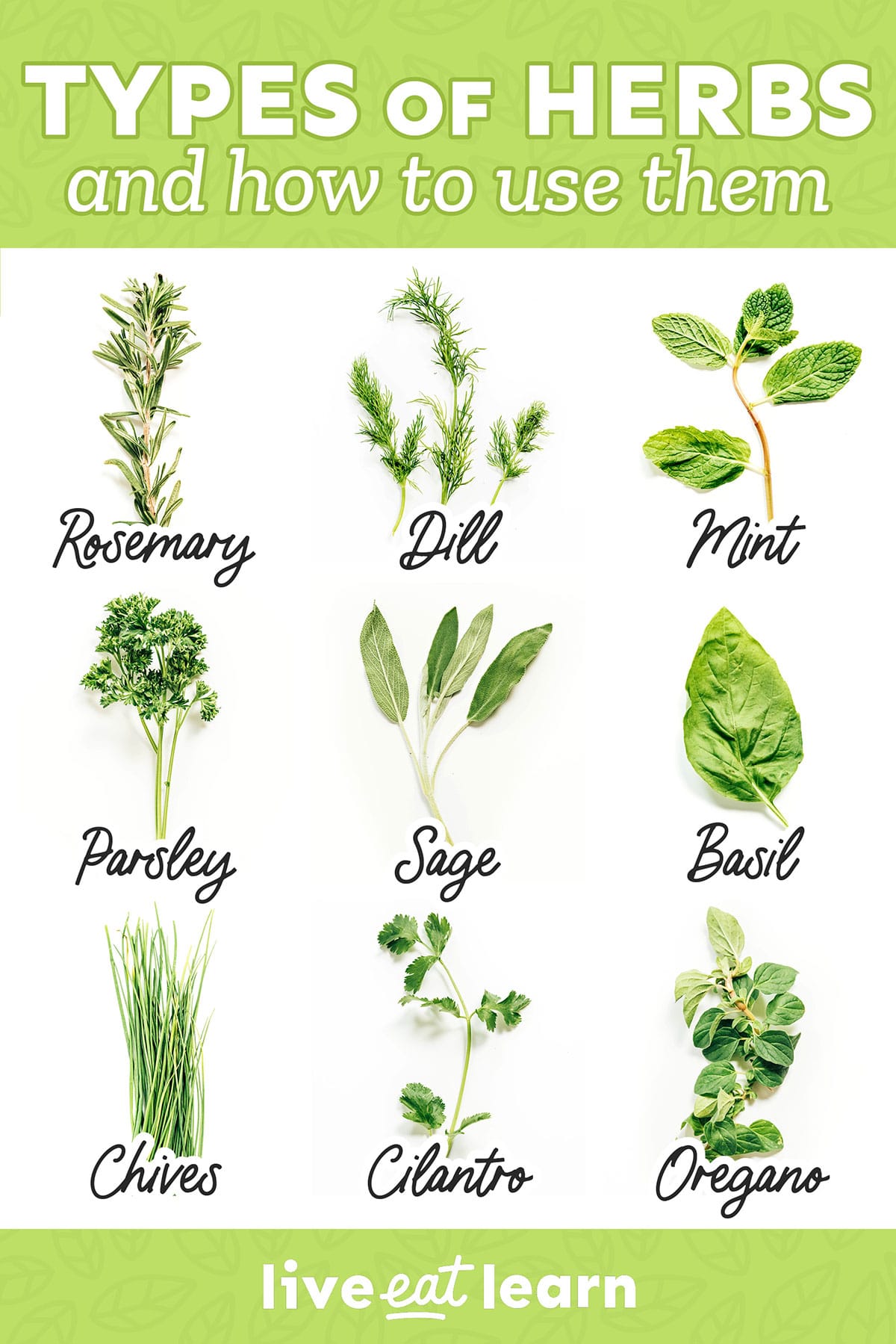 |
[TAG60]While Arabica beans are more popular, robusta coffee (Coffea canephora) also has a place in the world market. Robusta is less expensive to grow |
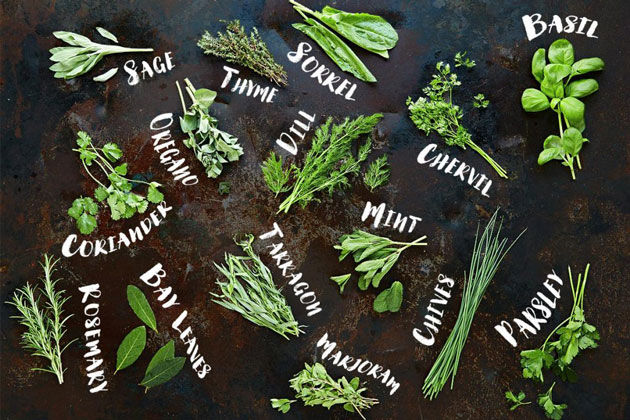 |
[TAG61]Here is the Pioneer Woman's link to her squash Casserole Here is is the link to my video of her Chicken Spaghetti I hope you all enjoy the southern.. |
 |
[TAG62]Soft rain with distant thunder in the quiet magical land of Hogwarts will help you forget about stress and problems. Magic healing rain with distant.. |
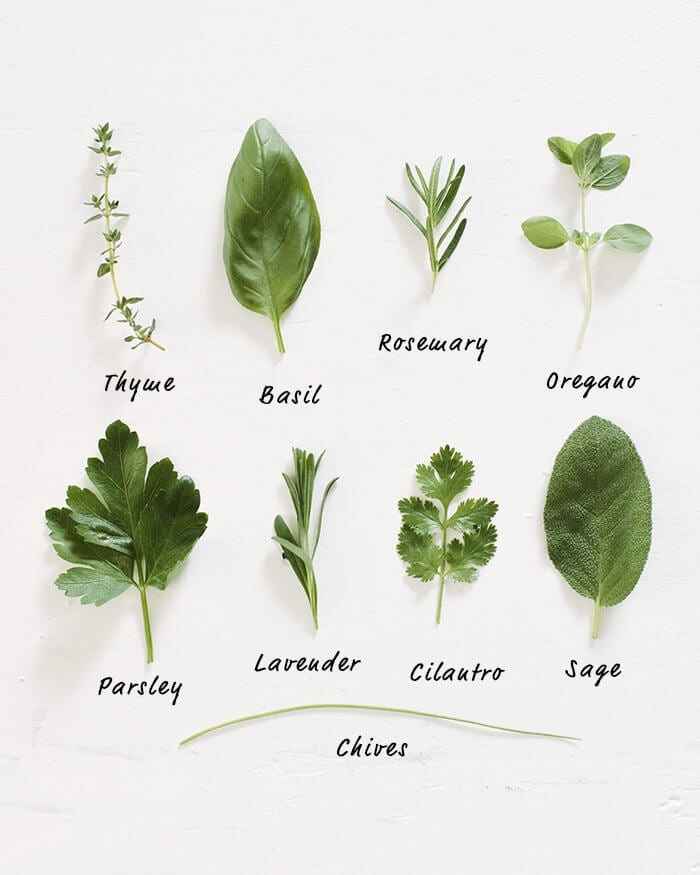 |
[TAG63]#Peasant #villagevlog #pastry The videos are shot in the Gakh region of Azerbaijan. We prepare delicious recipes in the village and present Azerbaijani |
 |
[TAG64]Fulljoy reasoning from Ras Papa owner of Nilotika Naturals located in Mekong, Uganda. In this clip Ras Papa gives us a tour of his farm Valeria Agro where |
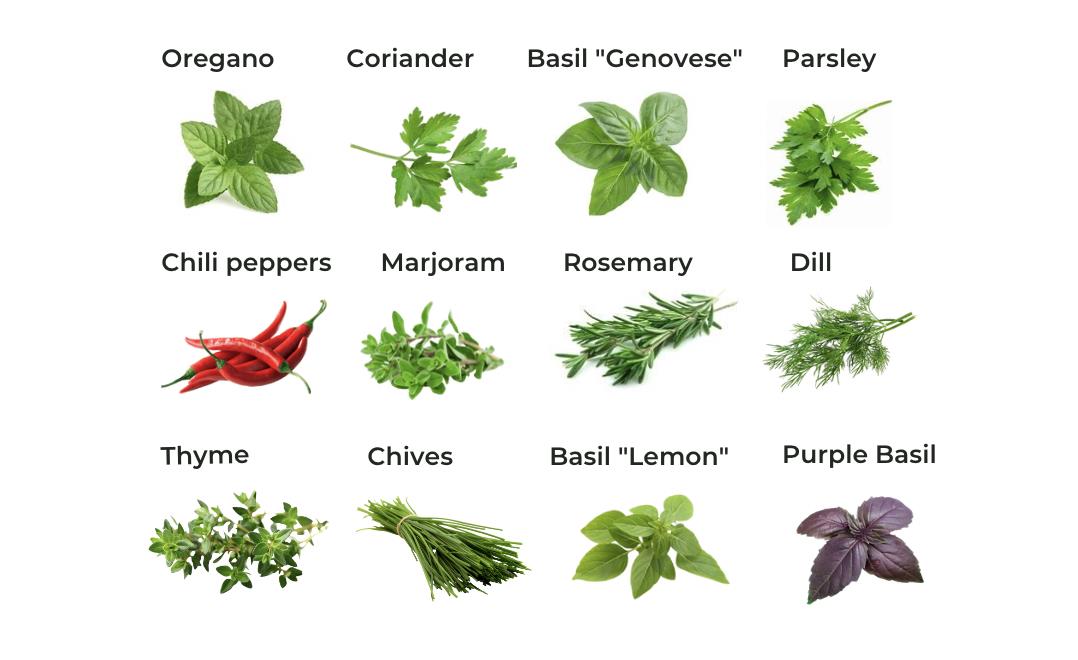 |
[TAG65]Follow Herbal Medicine Director, Peter Jackson-Main, as he takes you through a step by step instruction on how to make a powerful immune boosting tea. |
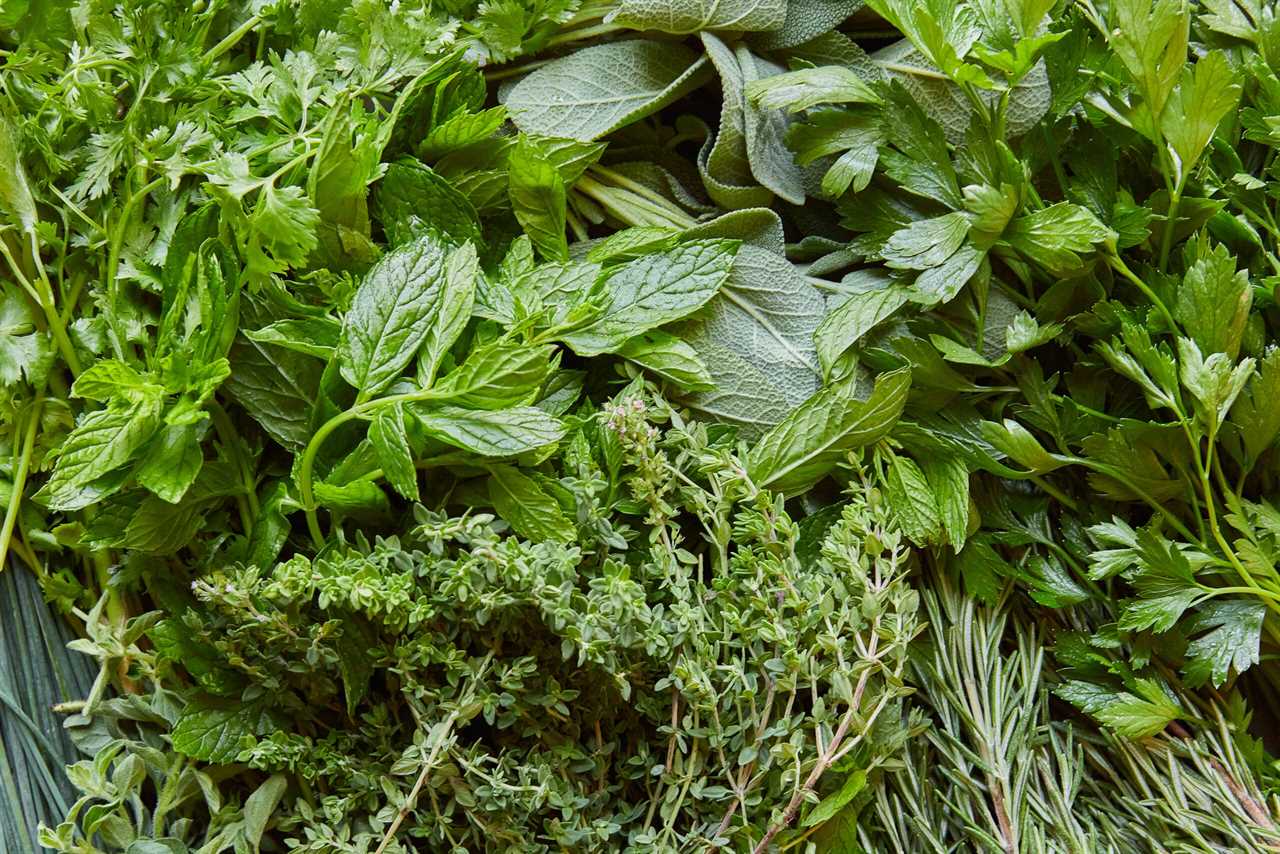 |
[TAG66]I wanted to walk through the grocery store and show you some of my favorite high quality chocolate items, including some next level sugar free.. |
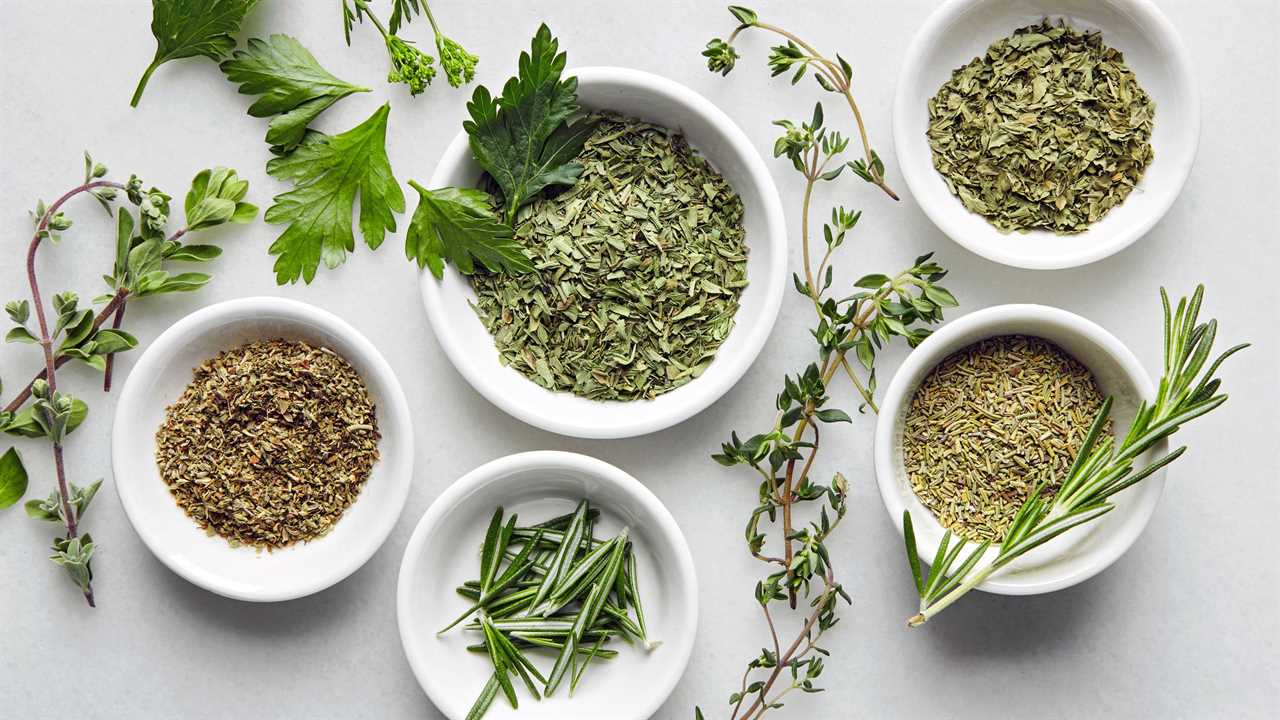 |
[TAG67]Are you ready to take the leap and learn the skills to supplement your self sufficiency Join this channel to get access to perks: |
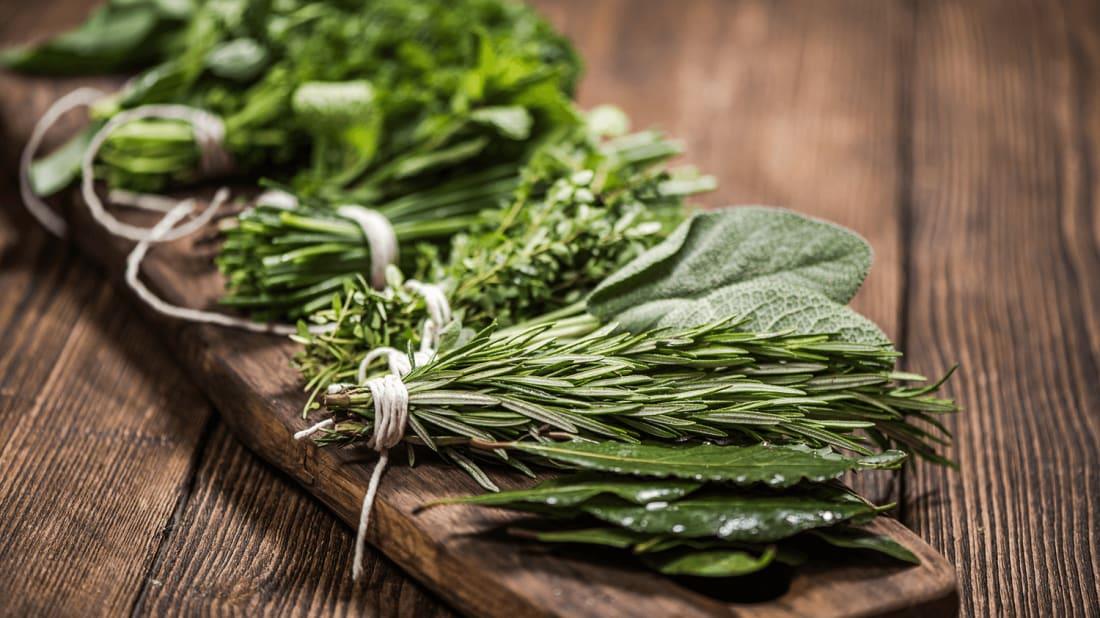 |
[TAG68]Learn herbs from respected professional herbalists offering world-class herbalist training. The NEW Professional Herbalist Course includes courses on over 600 |
 |
[TAG69]Our apothecary at the Chestnut School is no mere medicine cabinet; it holds the stories and healing signatures of herbs gathered from local wildlands, |
 |
[TAG70]In this video, I share 6 veggies you can start in July right now! July is our hottest month, but don't let that fool you. Now is the best time to.. |
 |
[TAG71]#herbalmedicine #feverfew #apothecary Welcome friends and join us in the Garden to harvest a lovely little plant that helps me with my migraines! Today we |
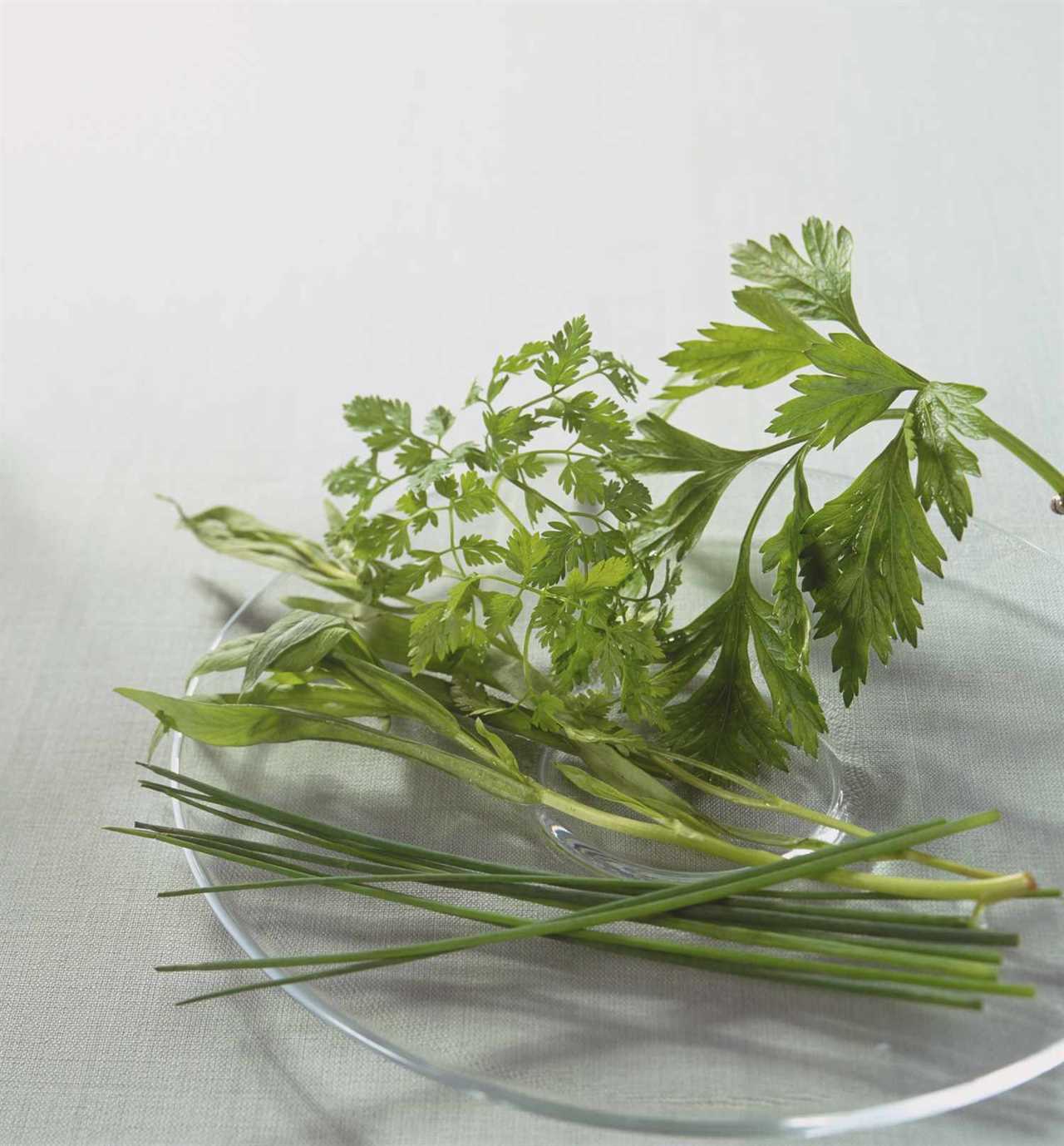 |
[TAG72]Gardening and cooking with fresh ingredients is one of the reasons I love our life here. We have spent a lot of time in the garden over the last few.. |
 |
[TAG73]Lemongrass is a perennial herb that thrives in tropical climates and is used in Thai and Vietnamese cuisine. It has a refreshing, citrus and |
 |
[TAG74]This video covers making a simple, non-electric, low maintenance, hydroponic set-up from things you have at home, no special tools or equipment... |
 |
[TAG75]Full home garden tour where we will give you a live update of our sun garden, cottage garden, patio garden, and vegetable garden. Take a peek at some |
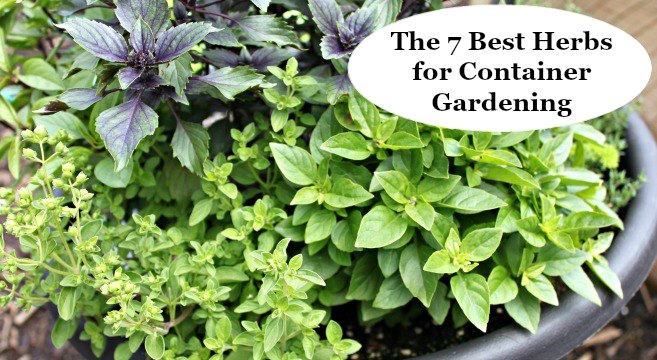 |
[TAG76]Every home cook should have a well-stocked and organized pantry. I've broken everything down in this video and have a master pantry list on Notion.. |
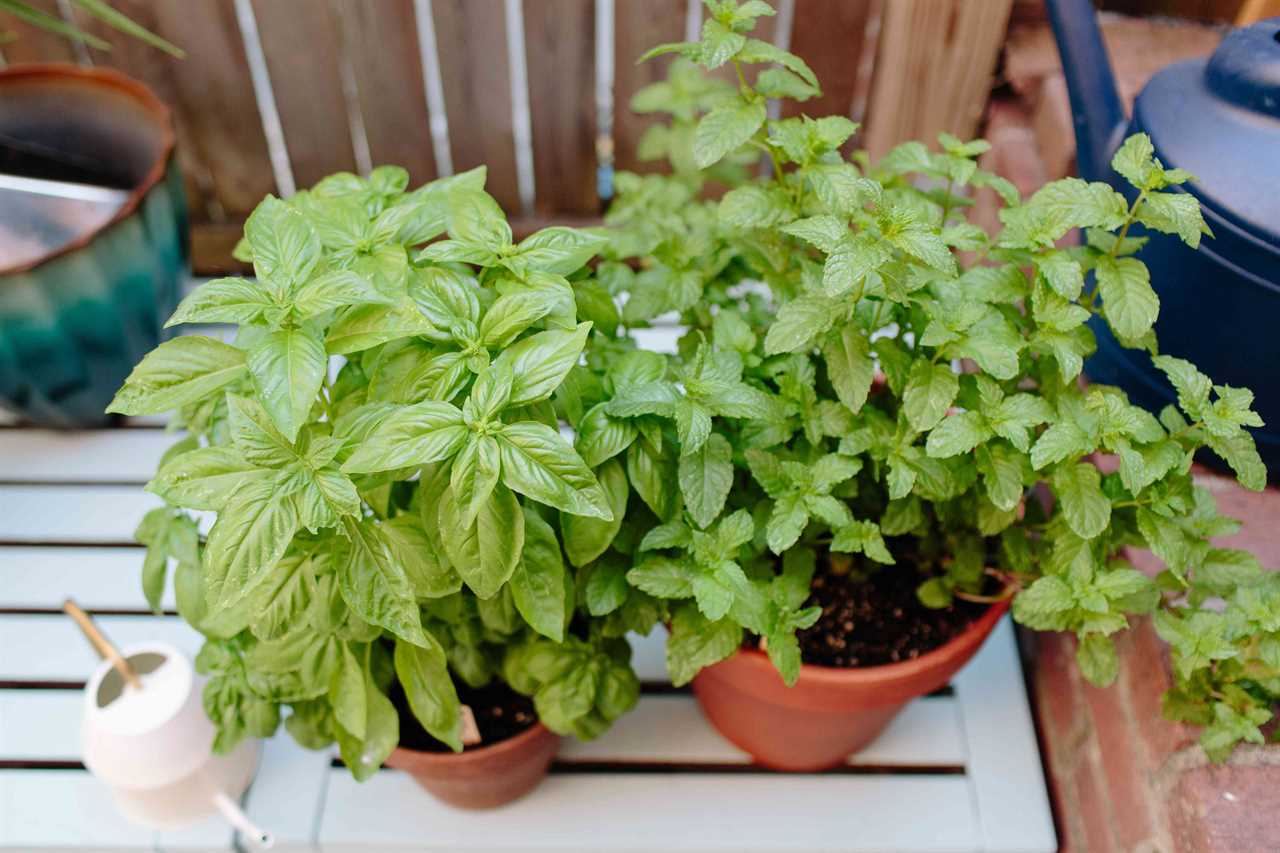 |
[TAG77]Creating a successful fruit tree guild is so easy and surprisingly quick, and here's how! In today's episode, I teach you the 6 main plant groups.. |
 |
[TAG78]Hey guys! In today's video I am sharing with you 5 really easy and simple ways to use jiffy cornbread mix when you are on a budget! I love this stuff |
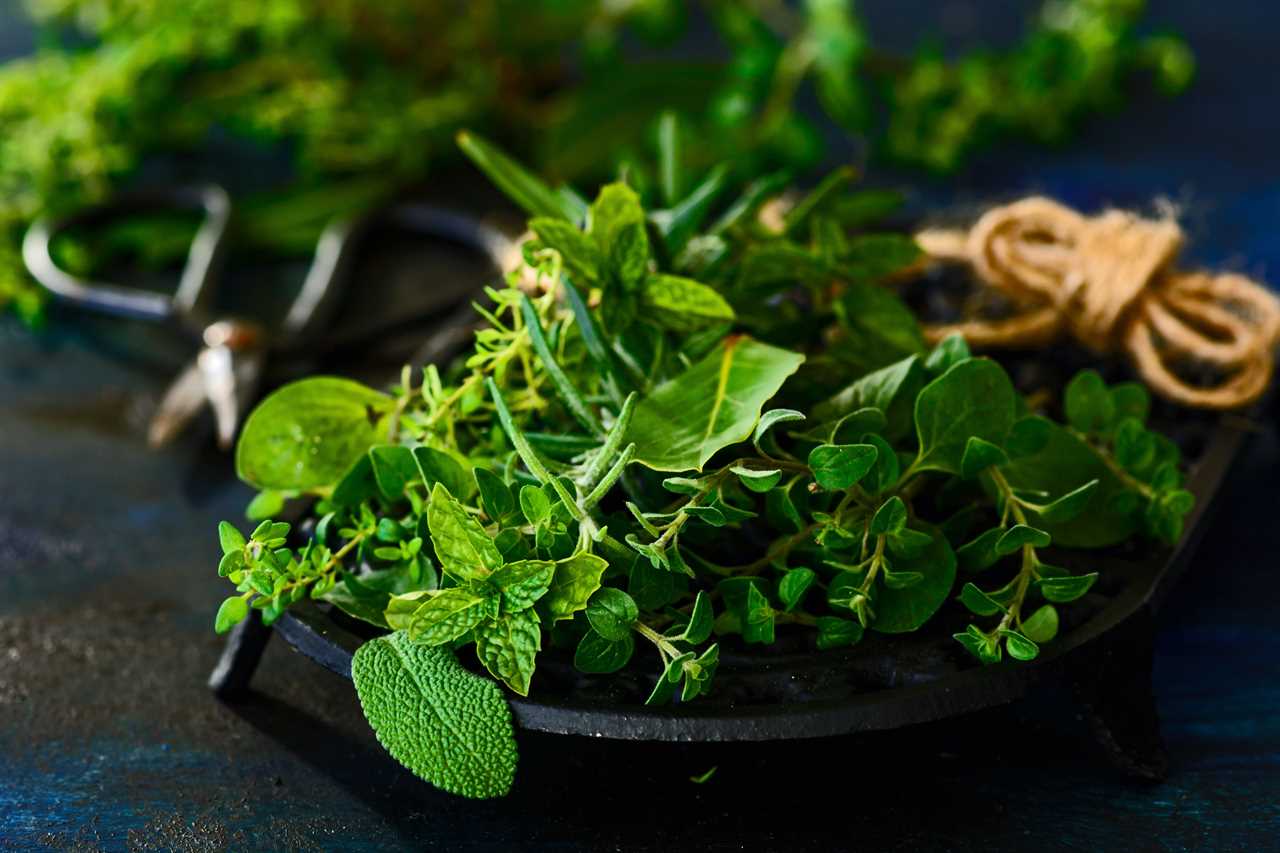 |
[TAG79]Find out more about herbs and how to use them |
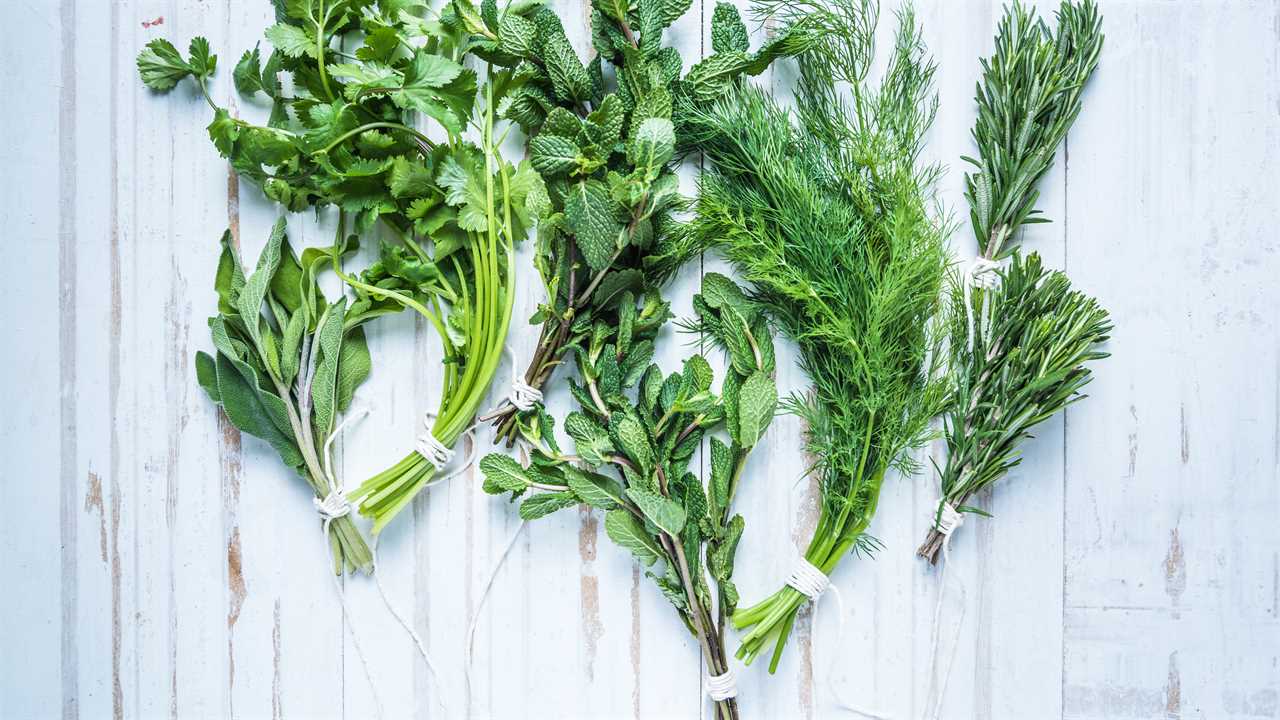 |
[TAG80]I'm loving these different ways to prepare herbs! This herbal bath experience was legendary and definitely something I'm going to continue doing!.. |
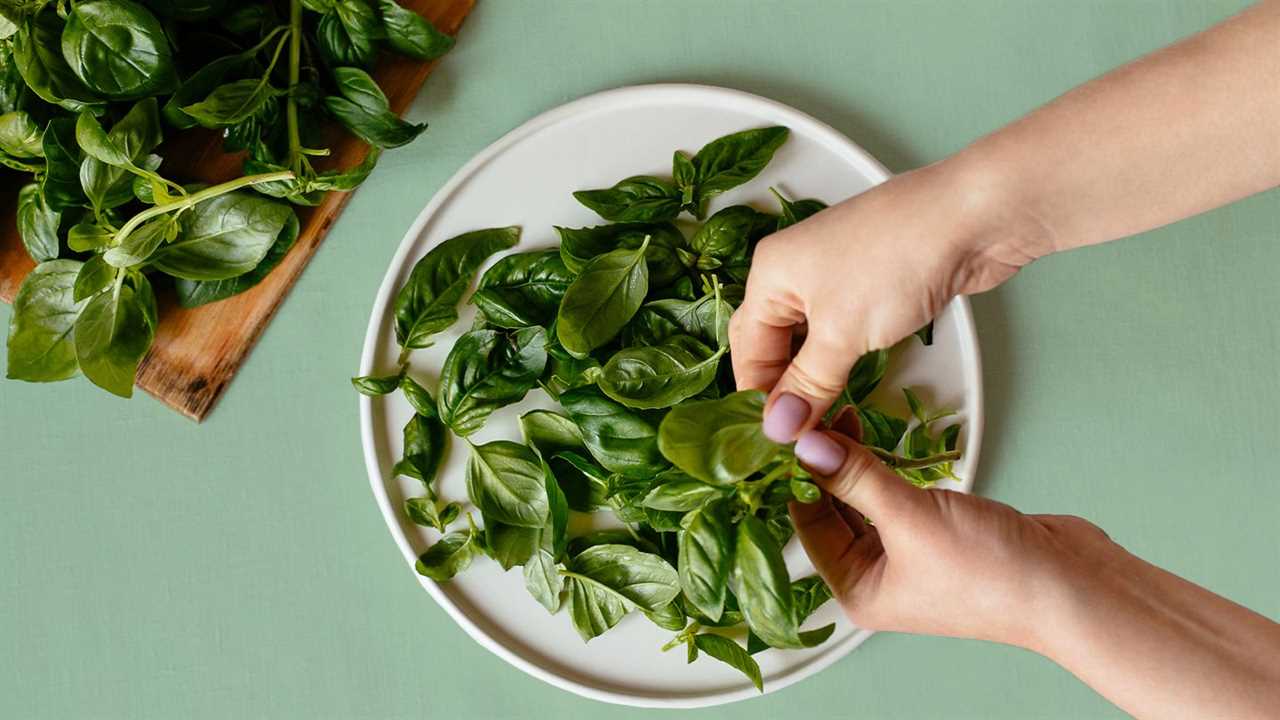 |
[TAG81]On our last day at #pandamonium homestead, Ausia gave us fresh eggs from her hens, and herbs that we picked fresh from her garden. #fulltinyhouse #rvlife |
 |
[TAG82]Hogwarts Legacy ( Part 15 ) - Herbology Class PS5 [ No Commentary] Newt Scamander |
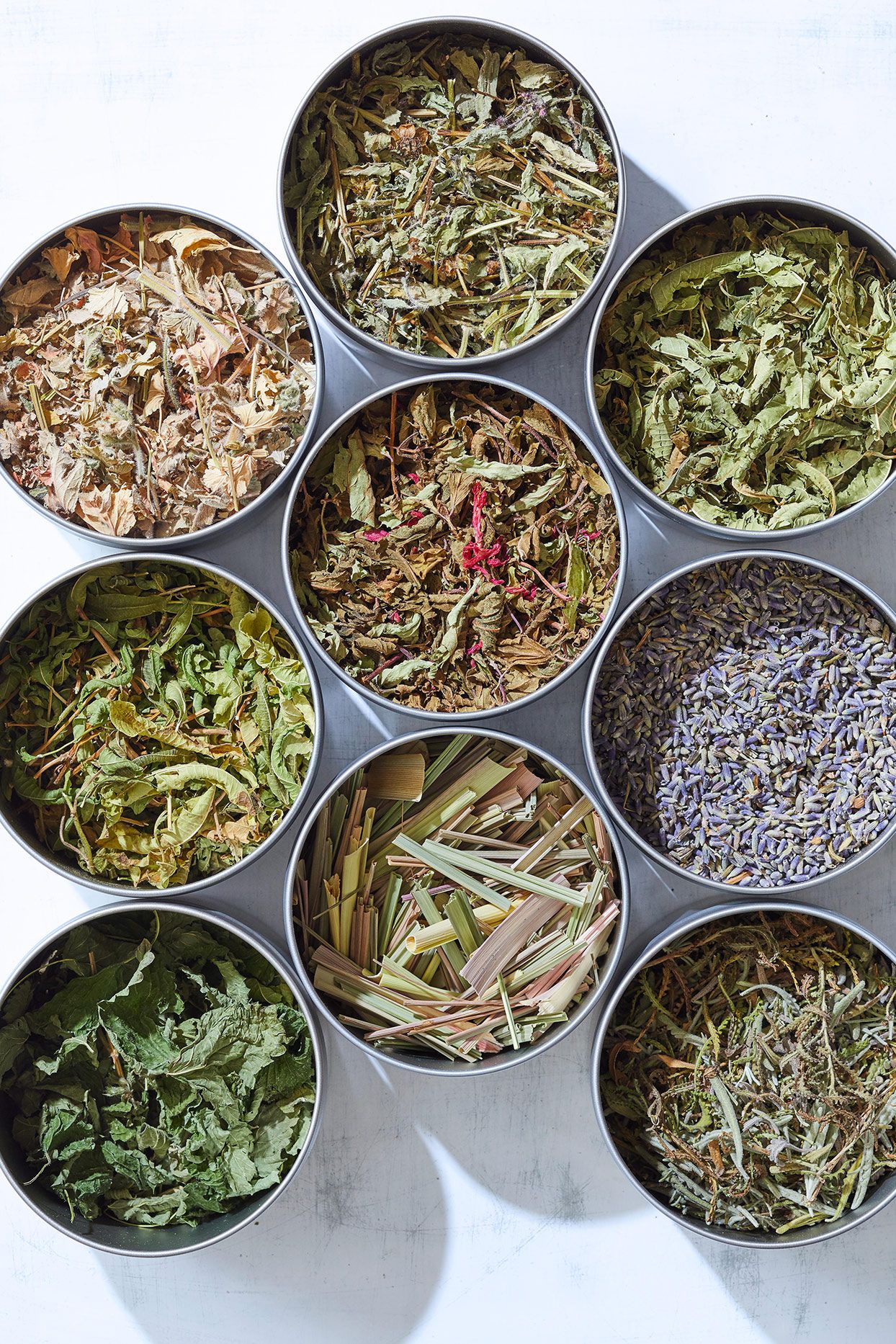 |
[TAG83]Jekka's top 10 herbs you can find in show gardens at RHS Chelsea Flower Show in 2023 |
 |
[TAG84]Join me in the kitchen today! We will be creating herbal salt seasoning blends, which is a wonderful way to preserve our summer bounty of herbs. Welcome |
 |
[TAG85]One question I get often is, "I have herbs growing, but I don't know what to do with them." Or, "How do I prepare them and harvest them?" So it will depend on |
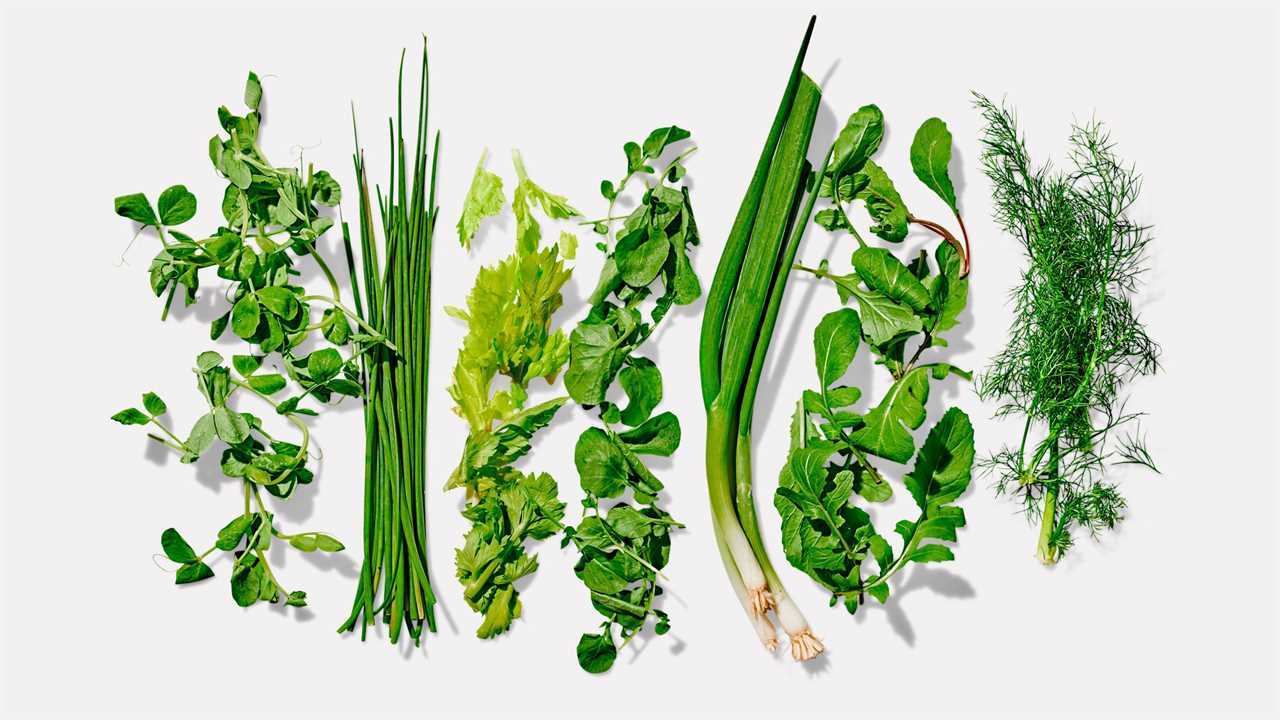 |
[TAG86]Hey ya'll, I'm Jess from Roots & Refuge Farm Welcome to a place that feels like home. A small farm with a big family. We hope you'll pull up a chair, grab |
 |
[TAG87]Alborosie’s Still Blazing from his album Soul Pirate (Deluxe Remastered Edition). Subscribe to Alborosie VEVO channel - https://www.youtube |
 |
[TAG88]Arusip fruit is in season today. I picked some and made jam. It is a perfect match to a bread and coffee in the morning. I went also to the top the waterfalls |
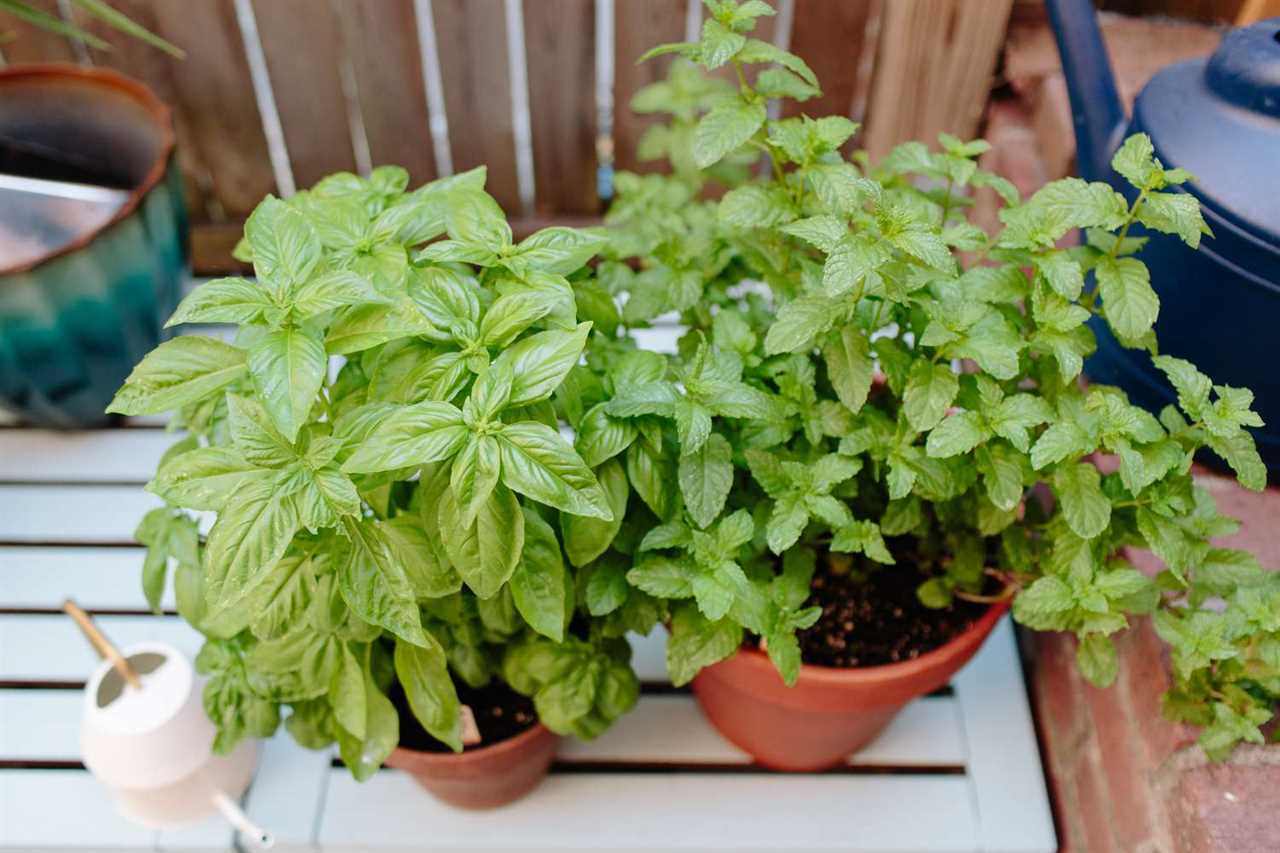 |
[TAG89]#herbs #kitchengarden #gardening Herb Gardening For Beginners - DIY Kitchen Herb Garden Hope you find this video helpful! Thanks for watching! Misilla |
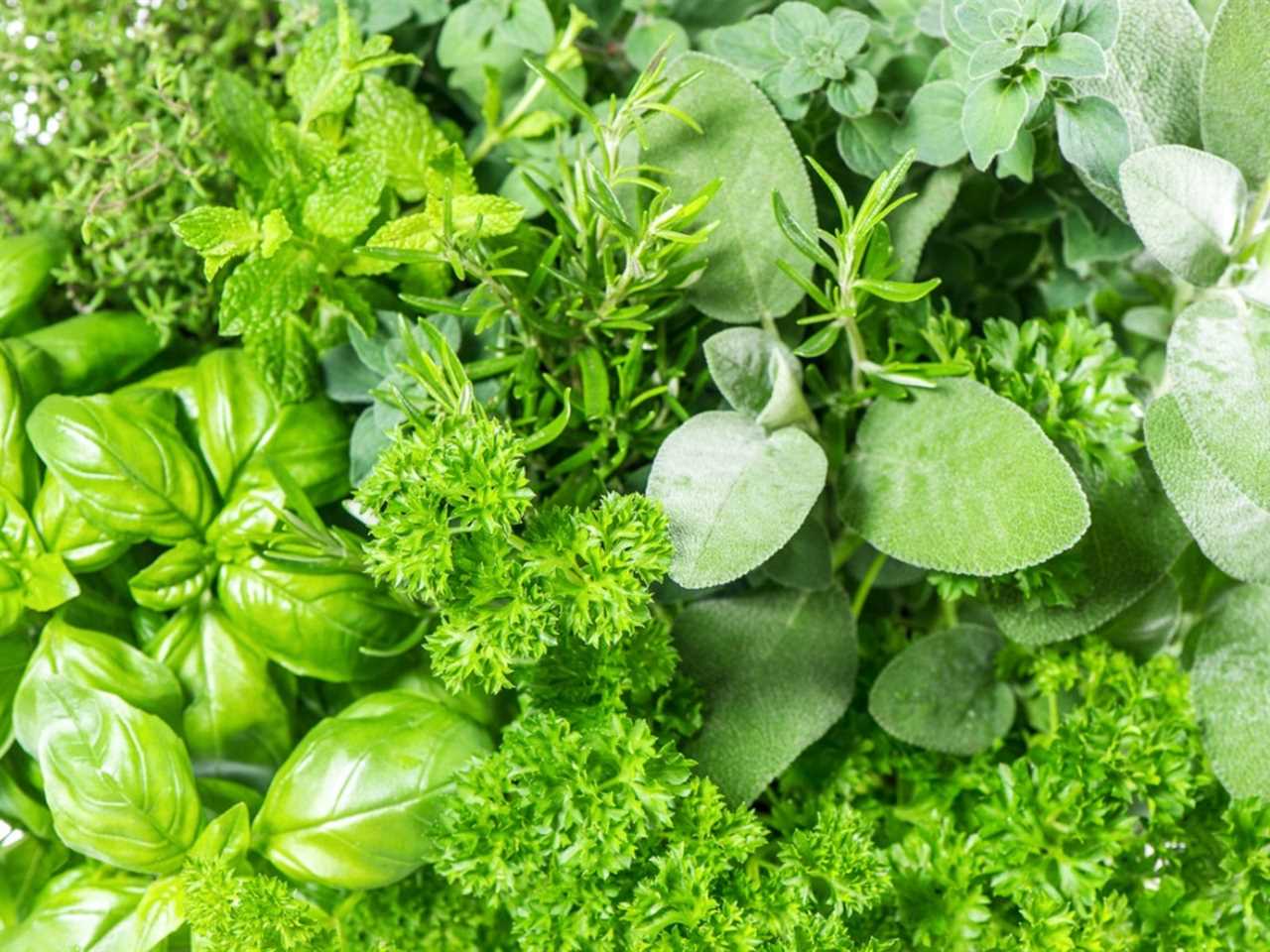 |
[TAG90]Like life, tea is what you make of it and The Cup of Life helps individuals enjoy tea in more than one way. Join me on my tea adventures through my blog! |
 |
[TAG91]Join me and Kat Mackinnon, who shares an impressive amount of information about the medicinal gifts of the pine tree in a hilarious and quirky way! |
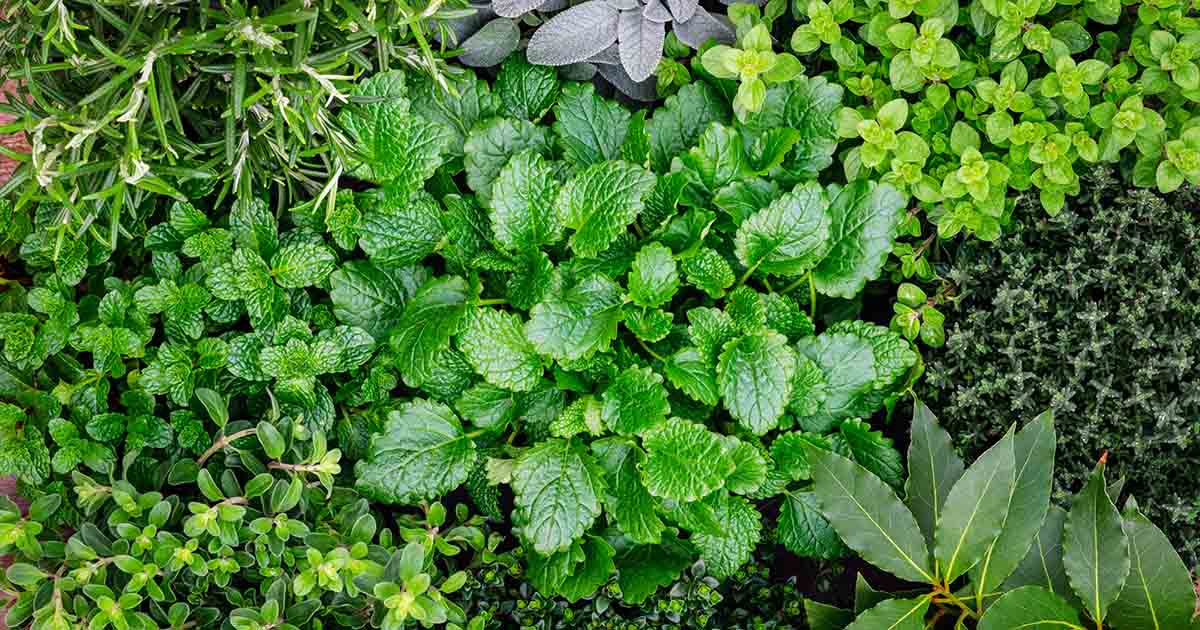 |
[TAG92]Tongkat Ali is an herb that’s traditionally been used for sexual enhancement, energy, strength, fever, and several other conditions. In ... Read more |
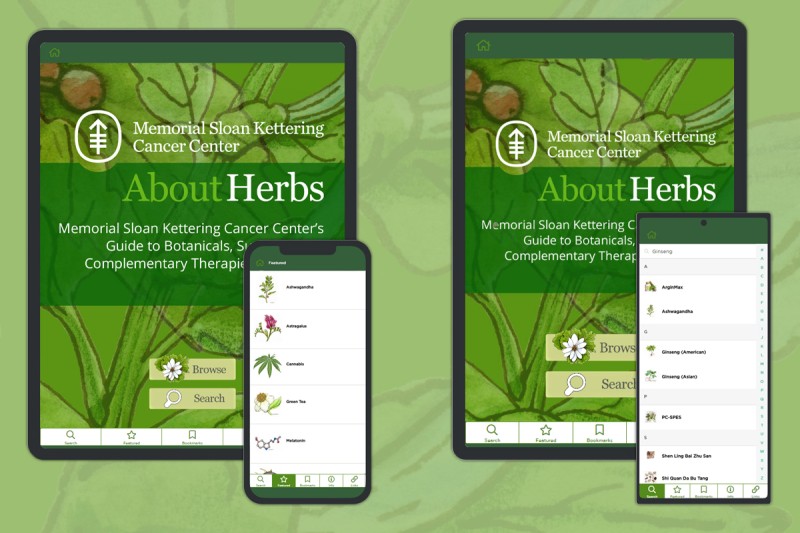 |
[TAG93]Find out how to use willow bark for natural pain relief, backaches, muscular soreness, headaches, arthritis, and more! |
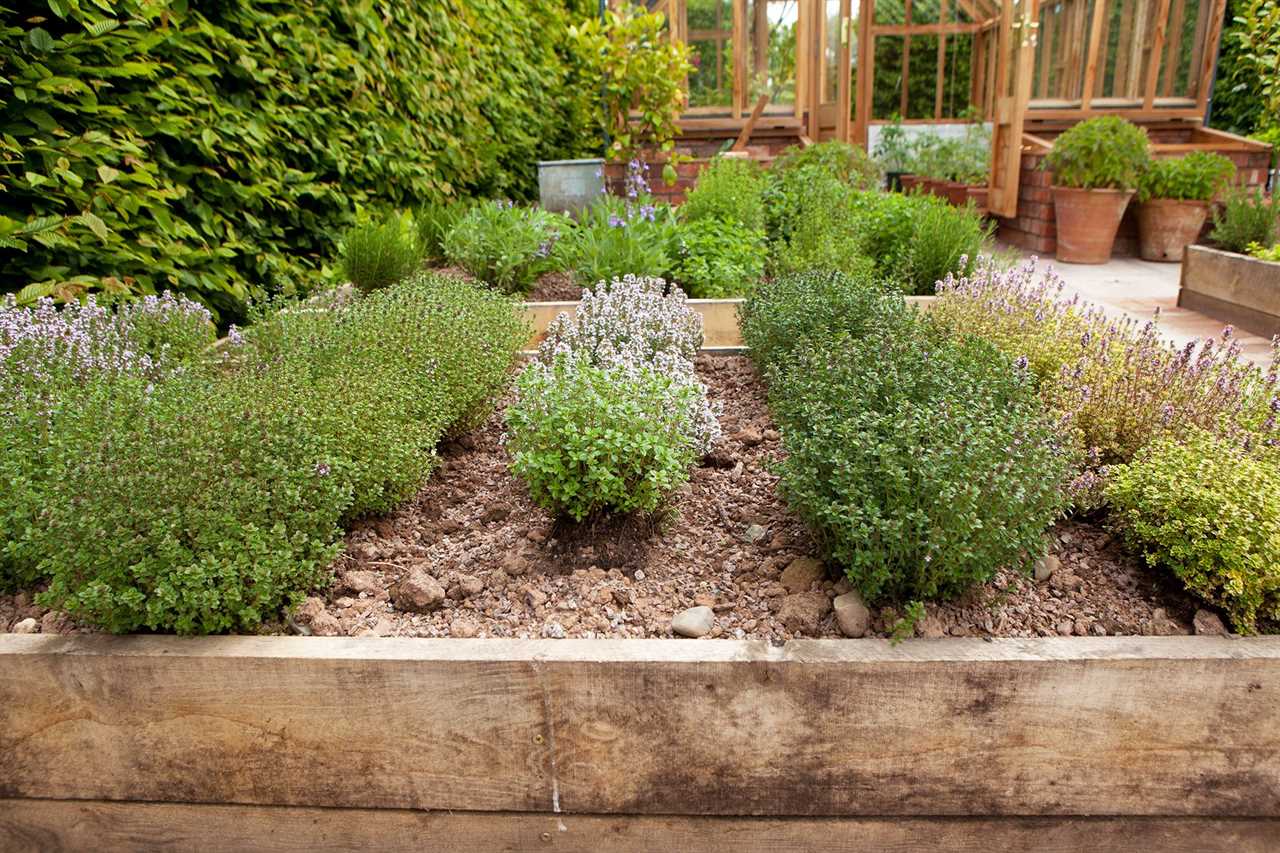 |
[TAG94]Have you ever noticed how different a cough can feel? You may have a dry, coarse cough or one that ... Read more |
 |
[TAG95]Red clover is a medicinal plant that has been used for thousands of years to treat various ailments. In this ... Read more |
 |
[TAG96]Eurycomanone is a major quassinoid compound found in Tongkat Ali (Eurycoma longifolia). It is often regarded as being responsible for ... Read more |
 |
[TAG97]Join me in this episode for a deep dive into linden tree medicine. I share my favorite recipe so you can enjoy the medicinal benefits of delicious linden tea. |
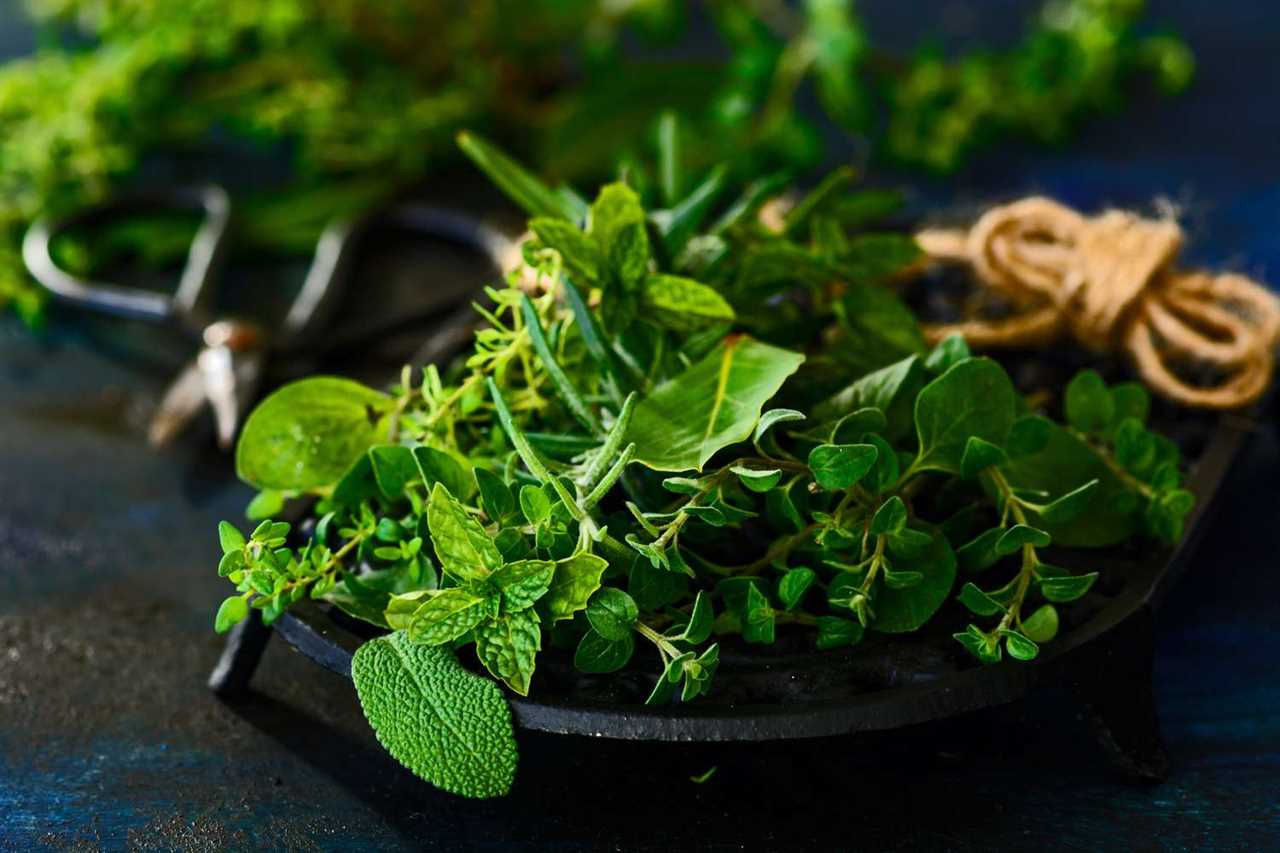 |
[TAG98]Lack of sleep can leave you with no energy, irritated, lethargic, and moody. Whether you struggle with falling asleep, waking ... Read more |
 |
[TAG99]I'll show you a compact, easy-to-travel-with natural first aid kit; a wonderful way to be prepared for everyday health concerns when you’re away from home! |
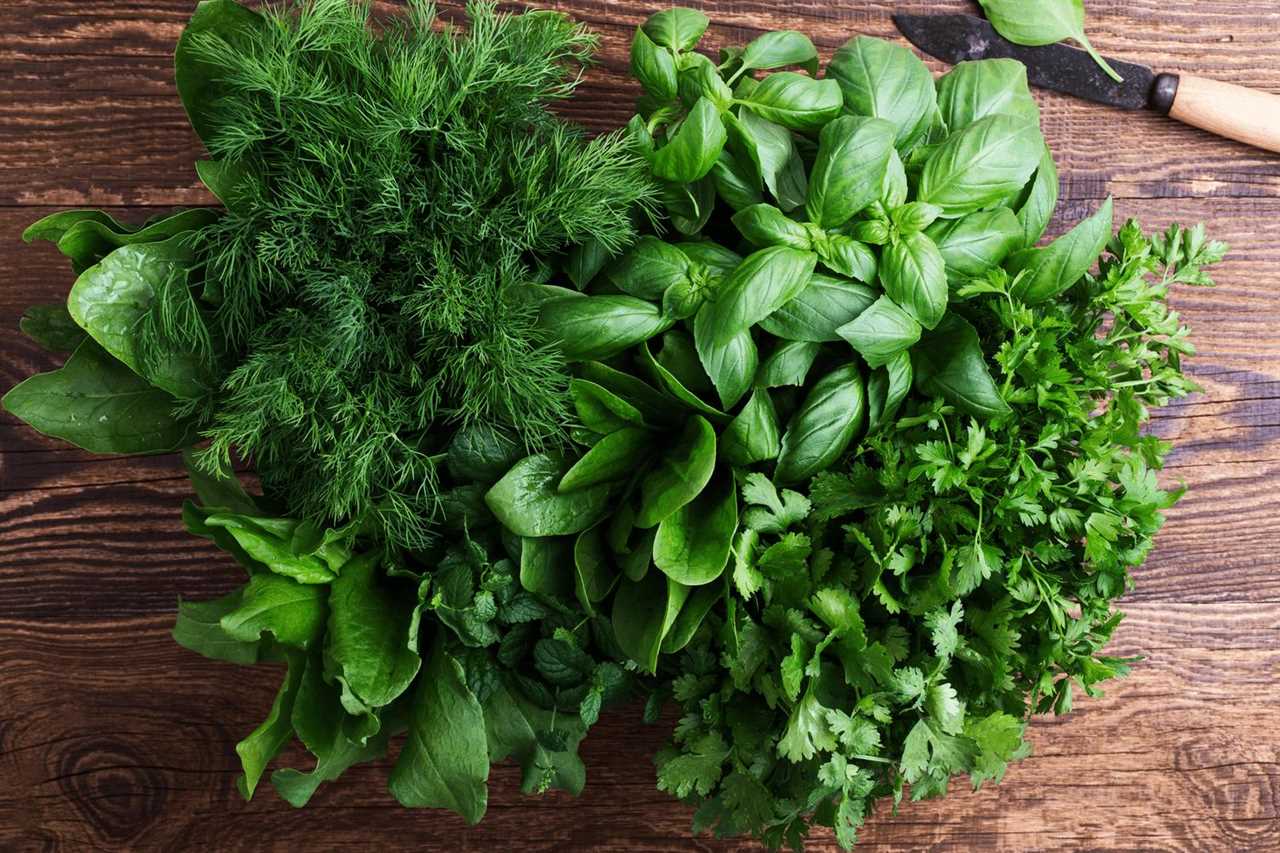 |
[TAG100]Arrowleaf balsamroot (Balsamorhiza sagittata) is a stunning flower, a nutritious food, and a potent herbal medicine that grows all over western North America. |
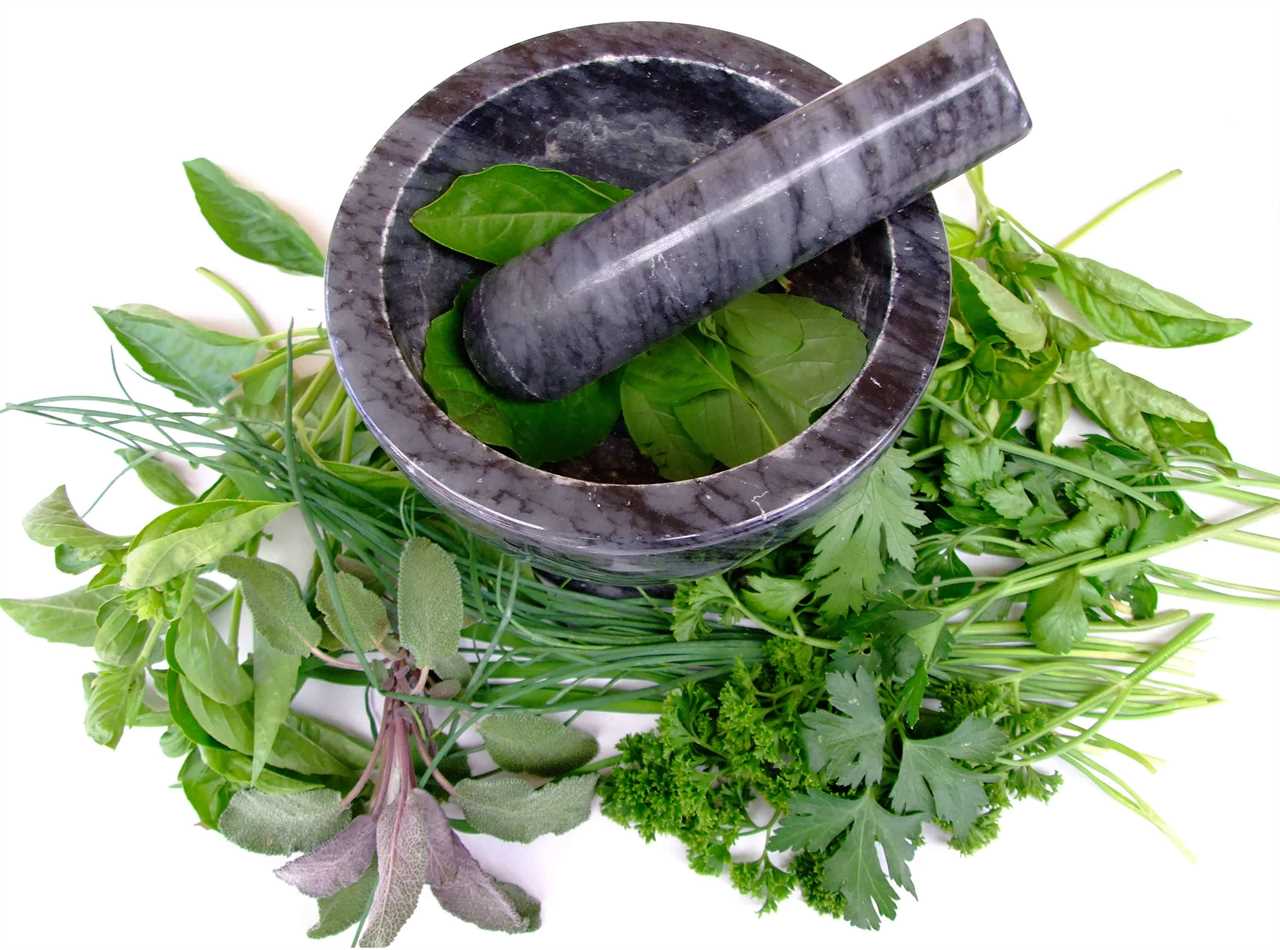 |
[TAG101]A tea assessment platform that rates teas based on objective quality markers and a sensory evaluation resulting in a list of the best teas produced each year. |
.png)
